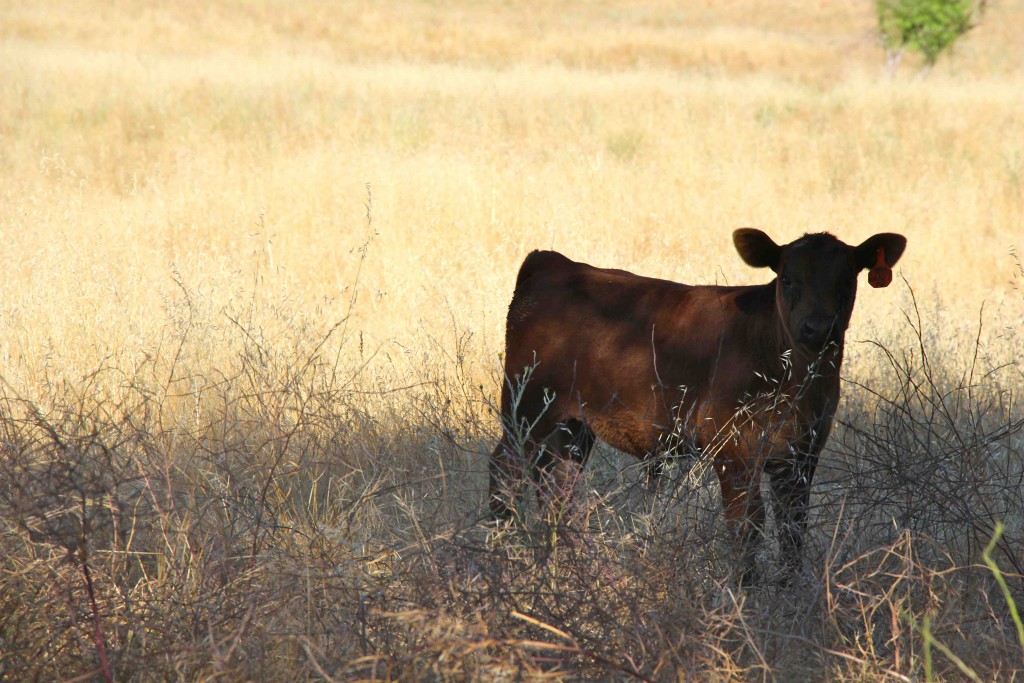Angus Therapy
Besides a set of old scrapbooks that reveal a rich history in the Angus breed, Abbie Nelson’s table is tidy, well kept like the rest of the place.
“It’s not always this way,” she says of the family gathering spot, “especially not during breeding season. We AI all the cows and that’s always a big decision time.” Books sprawl across the table, dinner plates replaced by spreadsheets as precise detail goes into selecting Five Star Land and Livestock’s next outcross, determining their own coefficient, and so forth.
“It’s an added benefit to our customer,” she says of the focus on quality and the subsequent dollars it can bring at harvest. “We look for high accuracy carcass EPDs, then of course we DNA all of our bulls with the Zoetis HD50K test.” They’ll ultrasound, too. When it comes to marbling, $W and $B EPDs, “way above average” sets the threshold.
An ideal cow has a minimum frame score of six. Quick to cull on problems with fertility, docility, “We like a big top with muscle expression, nice udders, good feet and legs,” Abbie says.
Specifically designed for the California customer, the Nelsons have both spring and fall herds, but are steadily transitioning to just the latter. Calving ease is particularly important for fall calvers as customers tend to use a yearling bull purchased in September and turned out with heifers in November.
If it seems like too much detail, it’s actually to the contrary. Five Star’s just another example of a registered operation that enjoys getting down to the nitty gritty and sticks with the Angus breed because of it.
“I just love the ride,” she says as we gaze at the herd, the sun beginning to set.
Remember that good California light I was hoping to catch? I nearly missed it, but so be it when you start talking cattle.
Thanks for allowing me to tell your story,
Laura
PS – If you wonder how Mark and Abbie Nelson have time for all the decisions that come with maintaining a successful registered herd, that’s not all they do! Check out Friday’s post to see how they wear the “host” hat as well.
You may also like
You, Your Cows and Their Feed
Expert guidance from Dusty Abney at Cargill Animal Nutrition shares essential strategies for optimizing cattle nutrition during droughts, leading to healthier herds and increased profitability in challenging conditions.
Marketing Feeder Cattle: Begin with the End in Mind
Understanding what constitutes value takes an understanding of beef quality and yield thresholds that result in premiums and/or discounts. Generally, packers look for cattle that will garner a high quality grade and have excellent red meat yield, but realistically very few do both exceptionally well.
Kansas Ranchers Recognized for Sustainability Efforts
Kansas’ Wharton 3C Ranch thrives despite droughts, winning the CAB 2023 Sustainability award. The data-driven, quality-focused approach of first-generation ranchers, Shannon and Rusty Wharton, yields 100% CAB cattle. Their commitment to sustainability and industry collaboration sets a bright future for the cattle business.



